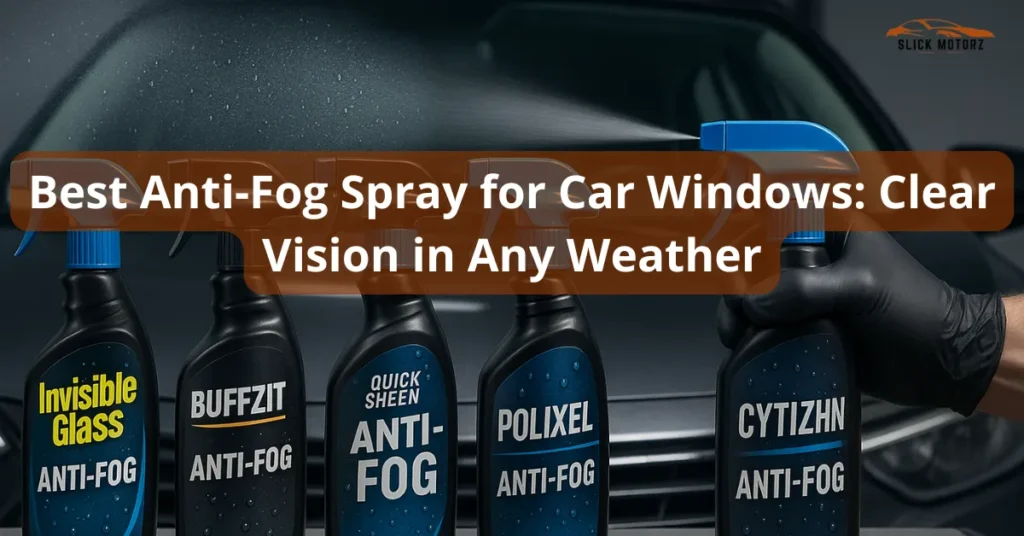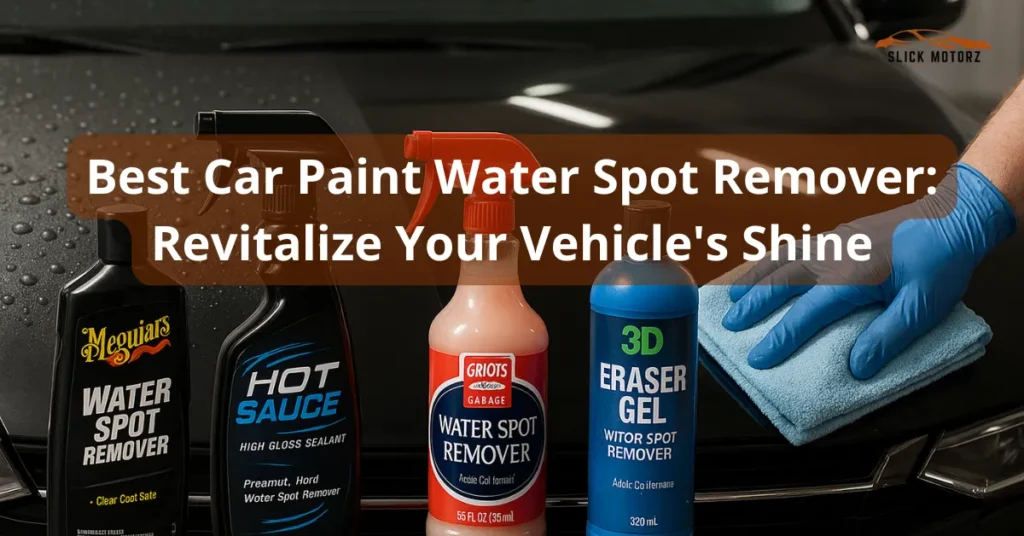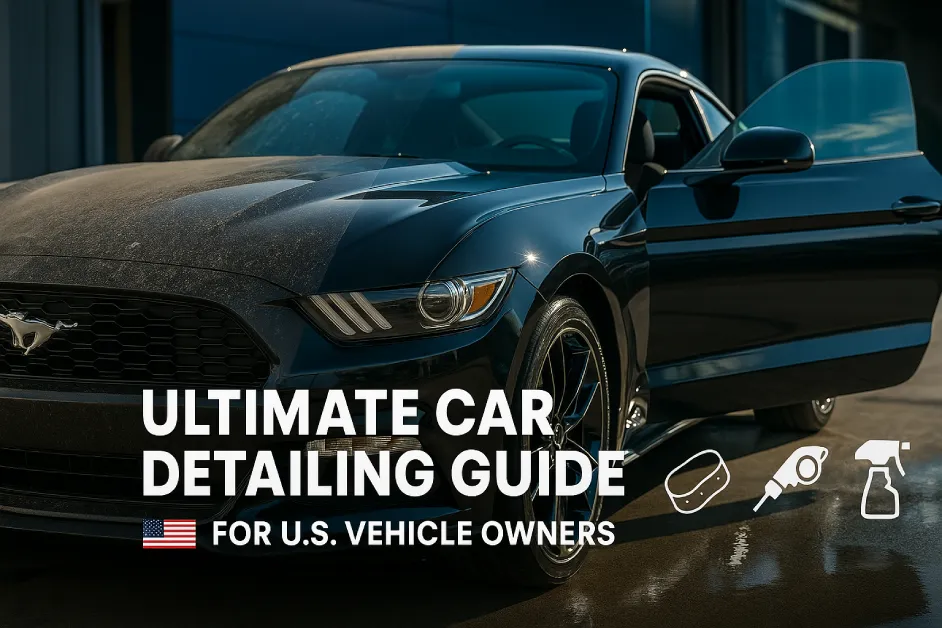Ever feel like you’re spending too much time and money on your car? You’re not alone.
The 80/20 Rule, also known as the Pareto Principle, could be your secret weapon to simplify car ownership and management. Imagine achieving 80% of your car’s performance with only 20% of the effort. Sounds intriguing, right? This principle isn’t just for business or personal productivity; it can transform how you approach your car maintenance, improve your driving experience, and save you money.
Curious to know how it works and how you can apply it to your vehicle? Stick around to find out the 80/20 rule for cars; what you’re about to learn could change the way you think about cars forever.
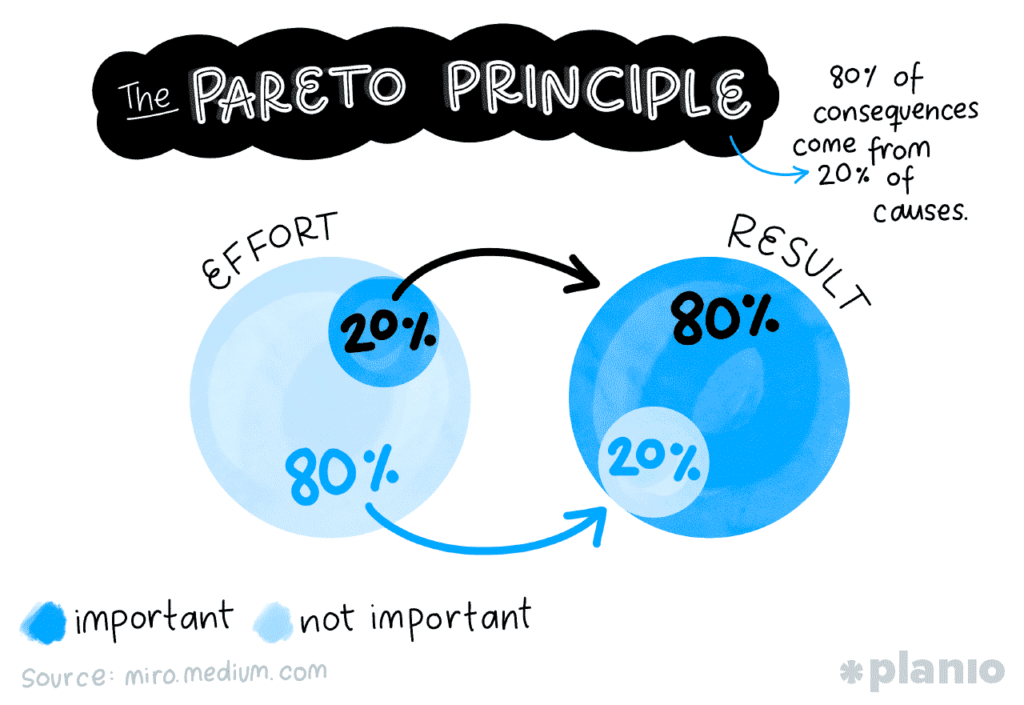
Credit: plan.io
The 80/20 Rule Explained
When you hear the term “80/20 Rule” related to cars, it might sound like a complex concept. However, it’s quite straightforward and can greatly impact how you think about car maintenance and ownership. The 80/20 Rule, also known as the Pareto Principle, suggests that 80% of results come from just 20% of efforts. Applied to cars, this means that a few key actions or decisions can lead to most of your car’s performance and longevity benefits. Understanding this rule can help you focus on what truly matters in car care, saving you time and money.
Origin Of The Principle
The 80/20 Rule originated from the observations of Italian economist Vilfredo Pareto in the late 19th century. He noticed that 80% of Italy’s wealth was owned by 20% of the population. This principle was later found to be applicable in various fields, indicating that a small percentage of causes often leads to a large percentage of effects.
In the automotive world, this concept can be revolutionary. Imagine knowing that a handful of maintenance tasks could prevent most breakdowns. If you focus on these critical actions, you might avoid the headache of unexpected repairs.
Application In Various Industries
The 80/20 Rule isn’t just for economics or automotive care; it’s a universal principle applied across many industries. According to Plan.io’s explanation of the 80/20 Rule, this principle applies far beyond business—it’s powerful for daily life too. In business, companies might find that 80% of their profits come from 20% of their clients or products. In healthcare, 20% of patients might require 80% of resources.
For cars, think about how you allocate your time and resources. Does your car get regular oil changes and brake checks? These minor efforts can prevent major issues down the road. What if you could identify the 20% of maintenance tasks that would eliminate 80% of potential problems? That would be a game-changer, wouldn’t it?
Have you ever noticed how focusing on a few key areas can have a massive impact? Next time you think about car maintenance, ask yourself: Are you prioritizing the right 20%? You might find that a little effort goes a long way in keeping your car running smoothly.
Applying The 80/20 Rule To Cars
Applying the 80/20 Rule to Cars involves identifying and focusing on what truly matters for your vehicle’s performance and longevity. The principle suggests that 80% of outcomes come from 20% of causes. When you apply this to cars, it means pinpointing the most impactful components and maintenance tasks that contribute to the overall health and efficiency of your vehicle. It’s about maximizing your efforts and resources on what’s crucial, rather than spreading yourself thin across less significant areas. So, how can you effectively implement this rule for your car?
Identifying Key Components
Start by assessing which parts of your car have the most significant impact on its performance and safety. Think about components like the engine, brakes, and tires. These are the heart and soul of your vehicle. Without a healthy engine, your car won’t run efficiently. Strong brakes are essential for safety, and tires are your contact with the road. Consider this: have you ever noticed how a simple tire upgrade can drastically improve your driving experience? Focus on these key areas to ensure your car runs smoothly.
Prioritizing Maintenance Tasks
Once you’ve identified crucial components, prioritize their maintenance. Regular oil changes, brake inspections, and tire rotations should be at the top of your list. These tasks prevent bigger issues down the road, saving you time and money. Remember the last time you skipped an oil change and had to deal with a costly engine repair later? Don’t let that happen again. Schedule these tasks regularly to keep your car in top shape.
Consider creating a maintenance checklist that highlights these priorities. Make it simple and actionable. When was the last time you updated your checklist? Keeping it current ensures you never miss a critical task. Ask yourself: are you investing enough time and effort in the areas that matter most? By focusing on the 20% that drives 80% of your car’s performance, you can enjoy a safer, more efficient ride.
Maximizing Fuel Efficiency
The 80/20 rule for cars suggests focusing on 20% of driving habits for 80% of fuel efficiency gains. Simple changes, like regular maintenance and smooth acceleration, can greatly improve mileage.
Maximizing fuel efficiency is a goal many car owners strive for, especially with fluctuating fuel prices. Have you ever wondered how you can get more miles out of each tank of gas? The 80/20 rule, also known as the Pareto Principle, can be your guide. It suggests that 80% of your results come from 20% of your efforts. When applied to cars, this means focusing on a few key actions can significantly improve your vehicle’s fuel efficiency.
Optimal Driving Techniques
Adopting smooth and steady driving techniques can drastically cut down fuel consumption. Rapid acceleration and hard braking waste fuel and wear out your brakes. Try anticipating traffic flow and maintaining a consistent speed. Cruise control can be your best friend on highways, helping you stay efficient without constant adjustments. Consider the impact of driving speed on fuel usage. Driving 55 mph instead of 65 mph can improve fuel economy by up to 15%. This might mean arriving a few minutes later, but it’s a small price to pay for savings at the pump. Have you noticed how much more relaxed you feel when driving smoothly?
Regular Vehicle Check-ups
Keeping your car in top shape is crucial for fuel efficiency. Regular maintenance like oil changes, air filter replacements, and tire checks can prevent minor issues from turning into major fuel guzzlers. Underinflated tires alone can reduce your fuel economy by up to 3%. Check your tire pressure monthly, especially before long trips. Using the manufacturer’s recommended tire pressure ensures optimal performance. Have you ever checked your air filter? A clogged air filter can reduce gas mileage by up to 10%. Simple tasks like these keep your car running efficiently and save you money in the long run. Why not make a habit of noting any unusual sounds or behaviors in your vehicle? Addressing these early can prevent bigger problems down the road. This proactive approach not only maximizes fuel efficiency but also extends the lifespan of your car.
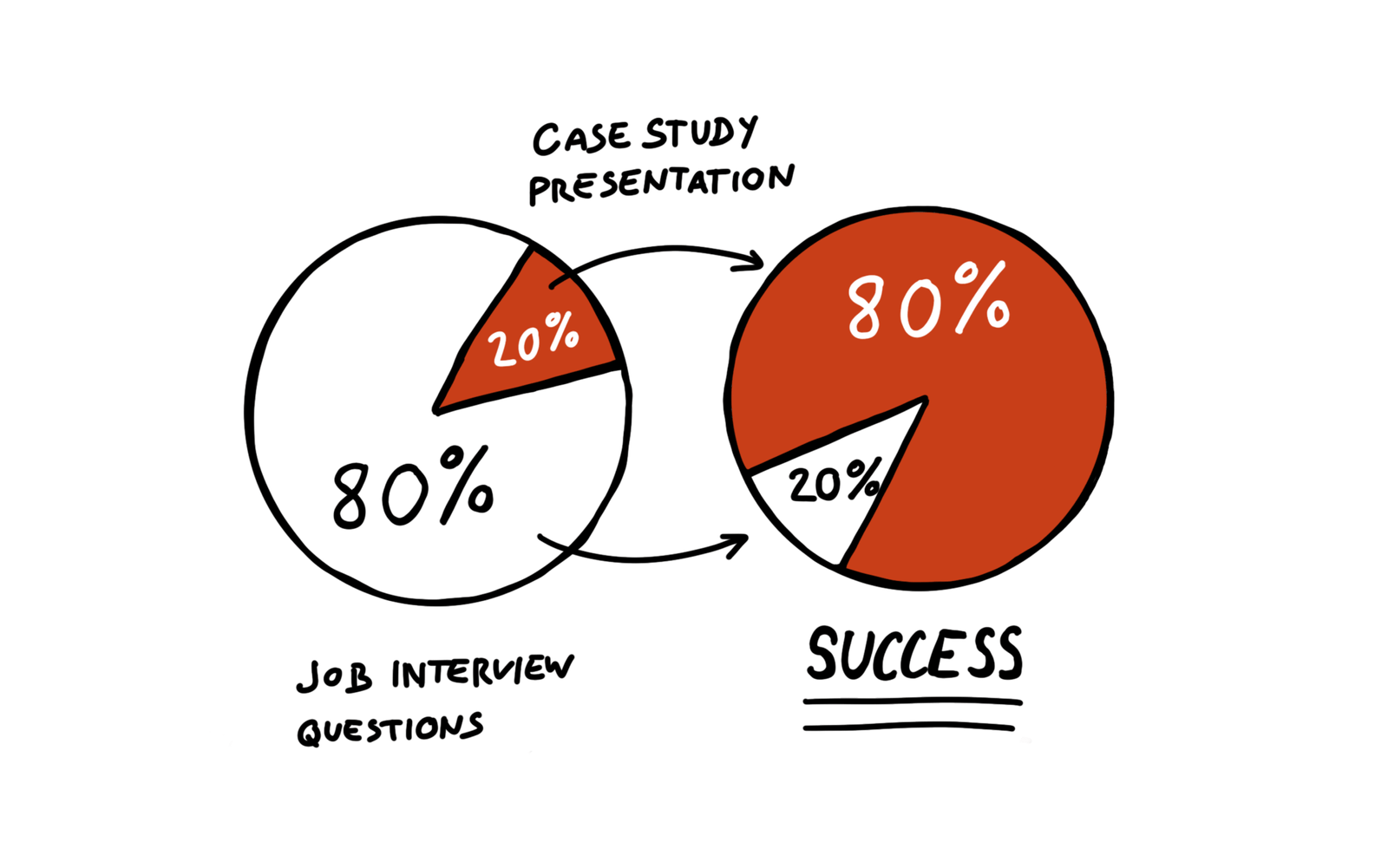
Credit: matejlatin.com
Cost-effective Upgrades
When it comes to upgrading your car, knowing where to spend your money can make all the difference. The 80 20 Rule for Cars suggests that 80% of the benefits come from 20% of your efforts. Applying this principle can help you focus on cost-effective upgrades that enhance your driving experience without breaking the bank. Let’s dive into how you can make smart investments and avoid unnecessary expenses.
Investment In High-Impact Modifications
Think about what truly enhances your driving experience. Investing in high-impact modifications can significantly improve your car’s performance and aesthetics. For example, upgrading to high-quality tires can improve handling and safety. A good set of tires can last for several years, making them a smart investment.
Consider enhancing your car’s suspension system if you enjoy a smoother ride. Better suspension can make a noticeable difference, especially if you drive on rough roads frequently. Ask yourself, what’s more important to you—comfort, style, or speed? Focus your investments accordingly.
Avoiding Unnecessary Add-ons
It’s easy to get caught up in the allure of flashy car accessories. However, many add-ons don’t offer substantial benefits. Think twice before adding items like decorative decals or oversized spoilers. These may not enhance performance and could even reduce your car’s value.
Remember the time you spent money on a fancy seat cover that didn’t fit well? Experiences like this remind us that not every upgrade is worth the cost. Prioritize upgrades that deliver real value. Ask yourself, does this add-on improve my driving experience, or is it just for show?
By focusing on impactful upgrades and avoiding unnecessary add-ons, you can enjoy a better driving experience without spending a fortune. What upgrade will you choose next?
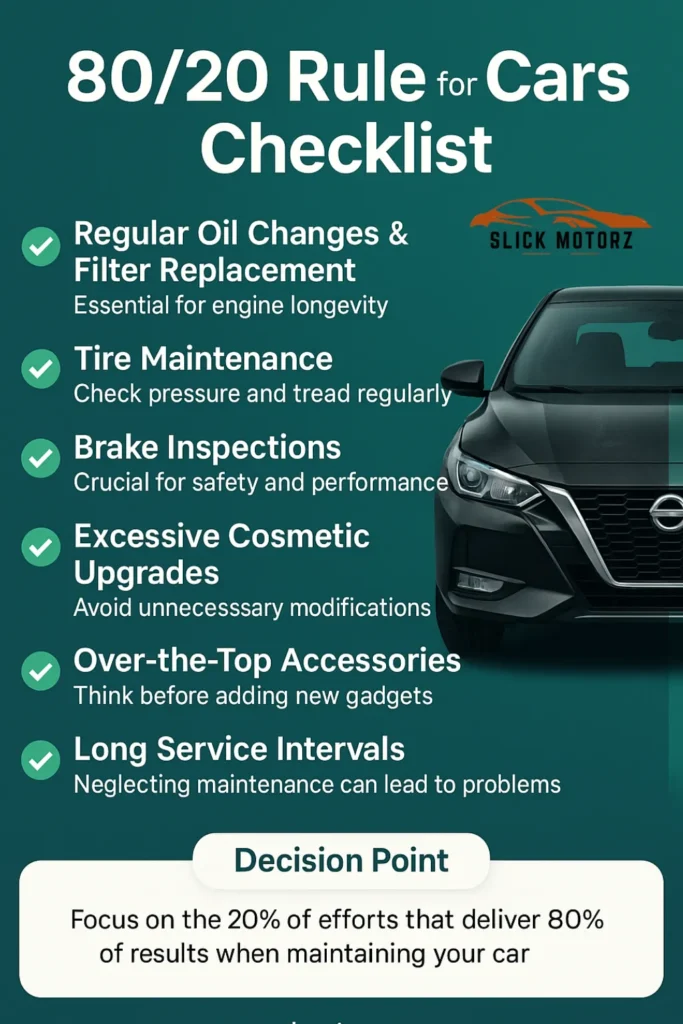
Streamlining Car Ownership
Streamlining car ownership with the 80/20 rule can simplify your life. This rule suggests that 80% of benefits come from 20% of efforts. Applying this to cars means focusing on key aspects that bring the most value. It helps in reducing complexities and optimizing your car usage.
Focus On Essential Features
Identify the features you truly need in a car. Often, we desire many extras that add little value. Consider features like safety, fuel efficiency, and reliability. These are essential for most drivers. They ensure a comfortable and secure driving experience.
Skip unnecessary add-ons that drive up costs. Ask yourself if you need heated seats or a sunroof. Many times, these features are rarely used. By focusing on essentials, you make smarter buying decisions. You enjoy the core benefits without overspending.
Minimizing Ownership Costs
Ownership costs can be a significant burden. Regular maintenance, insurance, and fuel add up quickly. Prioritize cars with low maintenance needs. This helps in cutting long-term expenses.
Consider the resale value as well. Cars that hold value well reduce financial loss over time. Opt for fuel-efficient models to save on gas. This is crucial with rising fuel prices.
Shop for the best insurance deals. Compare quotes and choose plans that fit your needs. A little research can lead to substantial savings.
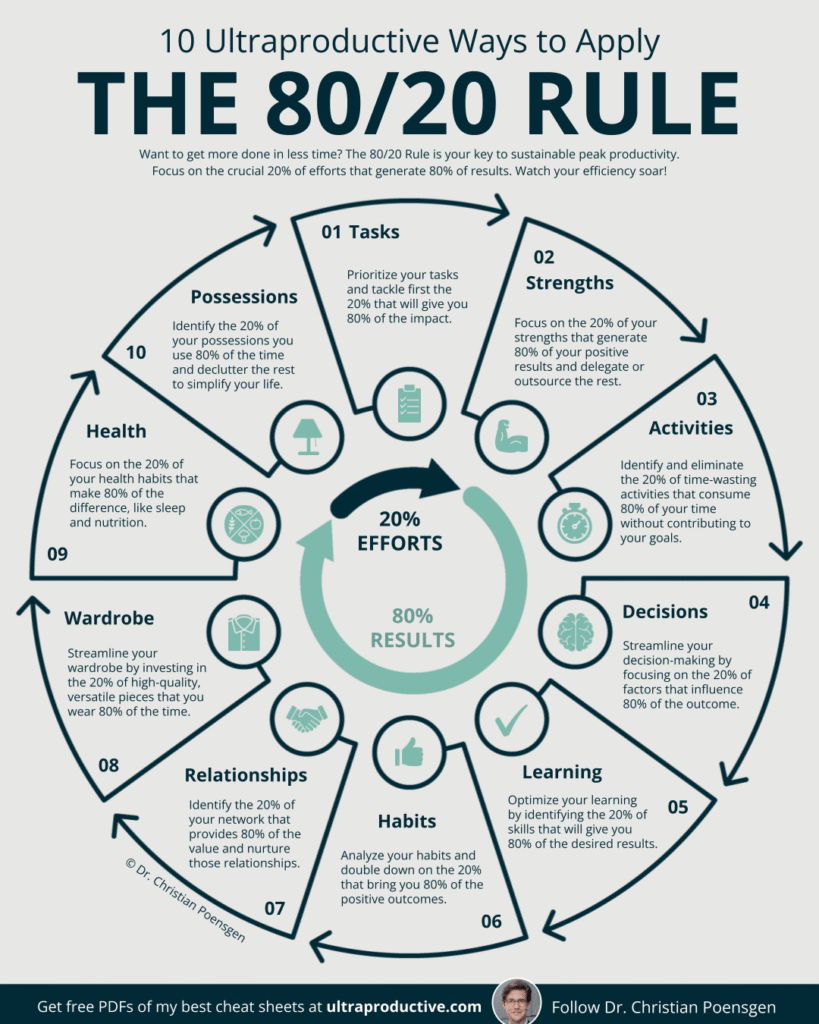
Credit: ultraproductive.com
Common Misconceptions
When it comes to the 80/20 Rule for Cars, there are several common misconceptions that often lead to confusion. People tend to misunderstand how this principle, also known as the Pareto Principle, applies to their vehicles. You might wonder, how does focusing on just 20% of aspects make a difference in car maintenance and usage? Let’s delve into the misconceptions and clarify the benefits.
Misinterpretation Of The Rule
Many people think the 80/20 Rule suggests that you should only care for 20% of your car’s components. This is a flawed interpretation. The rule emphasizes that 80% of the results, like performance and longevity, come from focusing on the vital 20% of efforts, such as regular maintenance and timely repairs.
Consider your car’s engine or tires. These are essential parts that, when maintained well, contribute significantly to your car’s overall health. Neglecting these and focusing on less impactful components can lead to costly mistakes. Have you ever ignored a minor engine issue only to face a major breakdown later? That’s a perfect example of misapplying the 80/20 rule.
Clarifying The Benefits
Understanding the true essence of the 80/20 Rule can transform your approach to car maintenance. By concentrating on key areas like oil changes, brake checks, and tire rotations, you maximize your car’s performance without wasting time on minor details.
Think about the time and money saved when your focus is directed correctly. You spend less on repairs because regular maintenance prevents major issues. Have you considered how much more enjoyable your road trips could be with a well-maintained vehicle? It’s not just about saving money; it’s about enhancing your driving experience.
The 80/20 Rule encourages you to prioritize effectively. It doesn’t mean ignoring the rest of your car, but rather ensuring that crucial parts get the attention they deserve. Have you prioritized these key areas in your car maintenance routine?
Frequently Asked Questions
What Is The 20 4 10 Rule For Buying A Car?
The 20/4/10 rule for buying a car suggests a 20% down payment, a four-year loan term, and keeping car expenses within 10% of monthly income. This guideline helps maintain financial stability and minimize debt while purchasing a vehicle.
How Much Is A $30,000 Car Payment for 60 Months?
A $30,000 car payment over 60 months depends on the interest rate. At 3% APR, the monthly payment is approximately $539. At 5% APR, it’s around $566. Always check with a lender for exact calculations.
What Not To Say When Financing A Car?
Avoid mentioning a maximum budget, poor credit history, or lack of knowledge about car financing. Don’t reveal emotional attachment to the car or urgency to buy. Avoid discussing the monthly payment; focus instead on the total price. Keep discussions professional and informed.
Is It Better To Finance A Car For 60 Or 72 Months?
Financing a car for 60 months usually saves on interest costs compared to 72 months. Longer terms may lower monthly payments but increase total interest paid. Choose based on your budget and financial goals. Always review interest rates and overall costs before deciding.
Conclusion
Understanding the 80/20 rule for cars helps make smarter choices. Focus on what truly matters. Spend time on key car aspects. Avoid getting lost in unnecessary details. This principle simplifies decision-making. Prioritize features that impact performance and comfort. Consider the budget and needs first.
Optimize your efforts for maximum results. Efficient use of resources saves money and time. Learn from this rule, apply it wisely. Improve your car experience with practical strategies. Make informed choices with confidence. Simplify your car journey. Embrace clarity and efficiency in car management.
To find more tips about car care, check out our guide, Car Care 101: How to Keep Your Vehicle Clean & Pristine, and How to Choose the Best Car Detailing Kit.
Give your car the care it requires, because your car deserves nothing less than perfection.









